Live 11 is now available – not a beta, final release. And there’s a slightly different Max version out this week, too. Here’s the quick overview:
Live 11 is out now. There is a 90-day free trial of the full Live 11 Suite, so if you’re on the fence about upgrading, that’s your best bet. Different versions of Live can be installed alongside. Just make sure to remember that any projects you open and save in Live 11 can’t be reopened in your previous version, in case you’re evaluating whether you want to make the leap.
I’m publishing a walkthrough a little later today of everything that’s new, but here are the main points:
Editing and playing
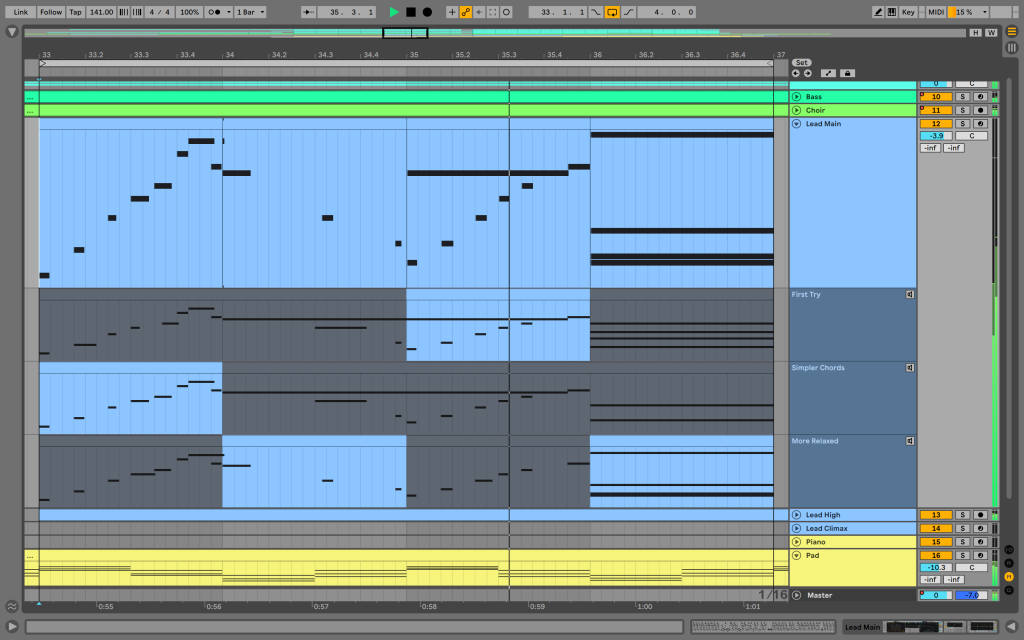
Comping. Record audio or MIDI into multiple takes and combine the best bits. That also lets you make combined takes of other material, so it isn’t just for people recording. And related, you can –
Link and edit multiple tracks at once.
Follow tempo based on incoming audio.
More flexible and playable Racks. Save and restore Macro snapshots, plus randomize Macros, and use 1-16 Macro encoders per Rack.
Improved Follow Actions. Follow Actions now do more – including setting them to clip length – and there are finally Scene Follow Actions.
Note and Velocity probabilities. Chance!
Key and Scale are clip specific (at last) – which also connects nicely to Push.
Reorganized, tabbed Clips view pulls everything together.
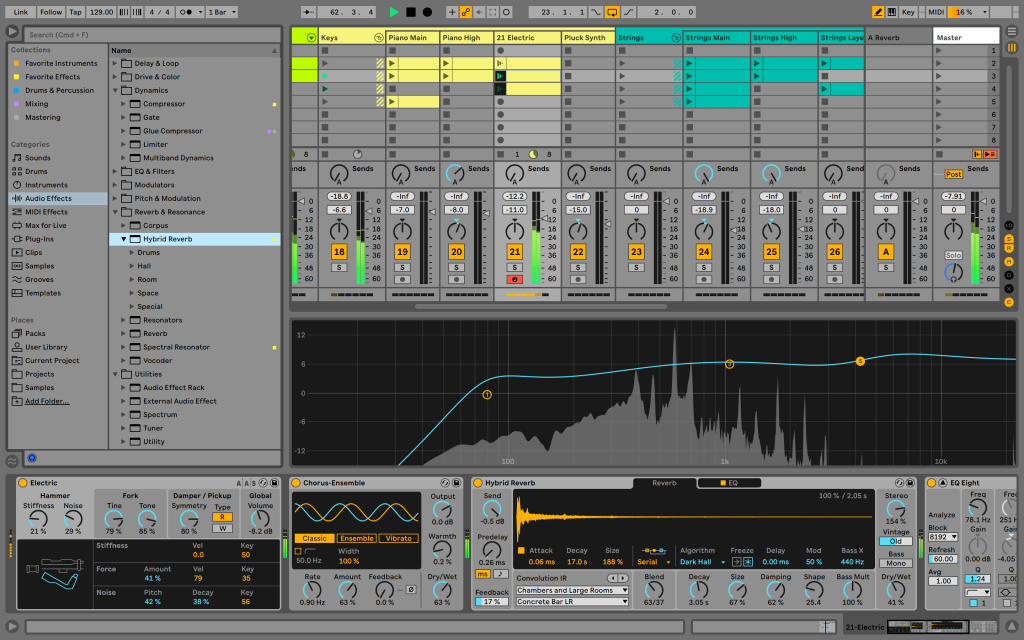
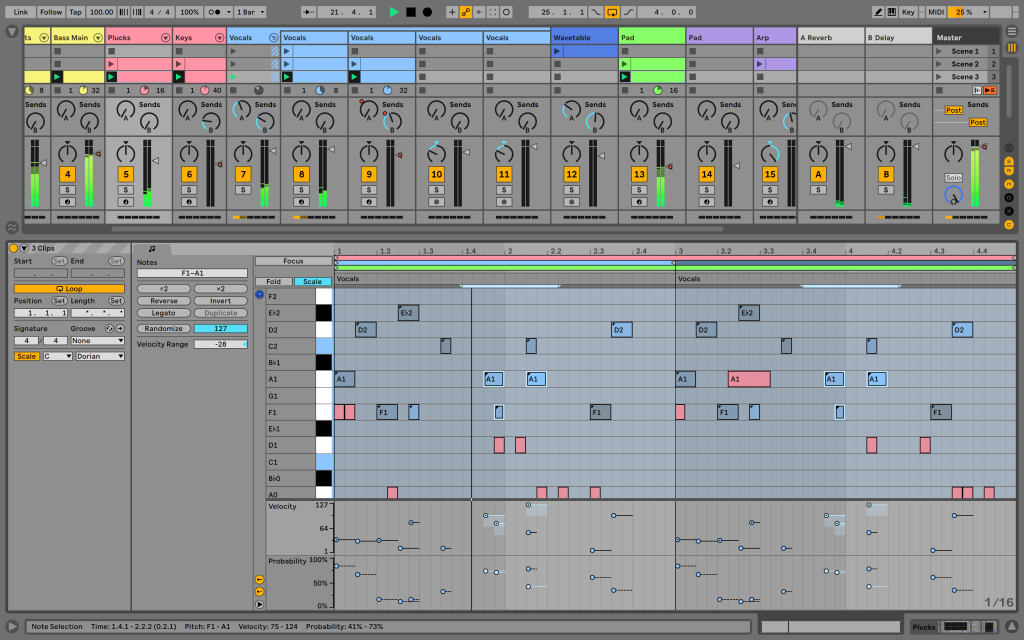
New devices
The new toys:
- Hybrid Reverb
- Spectral Resonator
- Spectral Time
- Inspired by Nature (Max for Live collection – organic, physics-based stuff)
- PitchLoop89 (Robert Henke’s retro-inspired multi-delay effect)
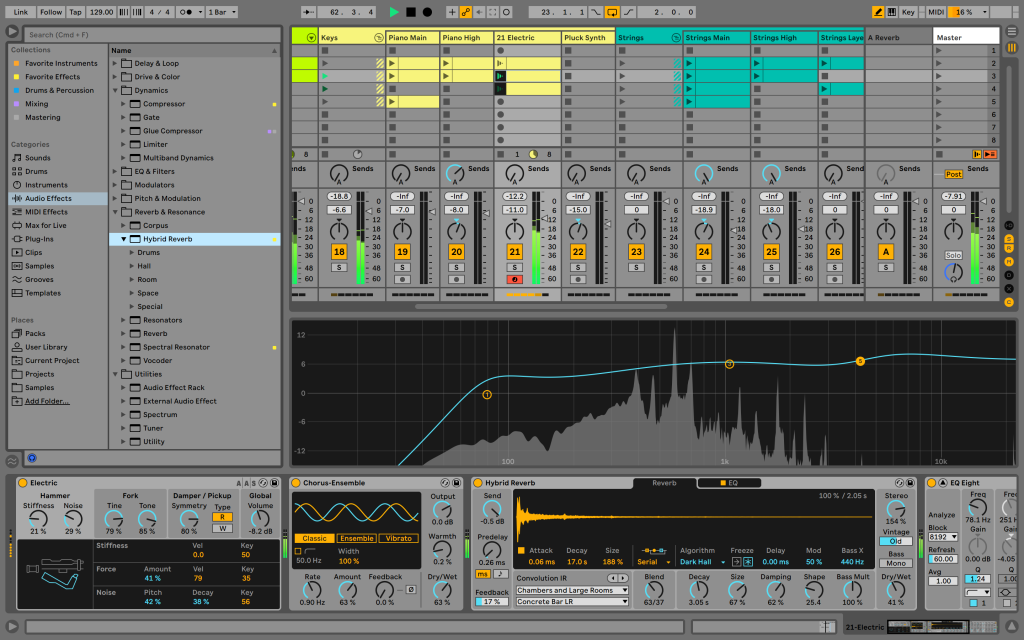
One note, since folks are asking – sorry, the AAS instruments (Electric, Corpus, etc.) don’t yet support MPE. (AAS’ standalone Chromaphone is generally more capable, too, with features like tuning support, though I think it also lacks polyphonic expression for now.)
Expression
This is commonly referred to as MPE (MIDI Polyphonic Expression), but it’s perhaps even better to think of it this way – Live now lets you record, edit, and play back per-note expression.
That means:
- Full support for MIDI Polyphonic Expression on controller hardware, hardware synths, and plug-ins
- Wavetable, Sampler, and Arpeggiator have been updated with MPE support
- Expression View lets you edit pitch, slide, and pressure per-note (part of that nice new tabbed view)
- Push supports polyphonic aftertouch (not MPE, but also translates to per-note expressive touch! Play it, record it, edit it, replay it.)
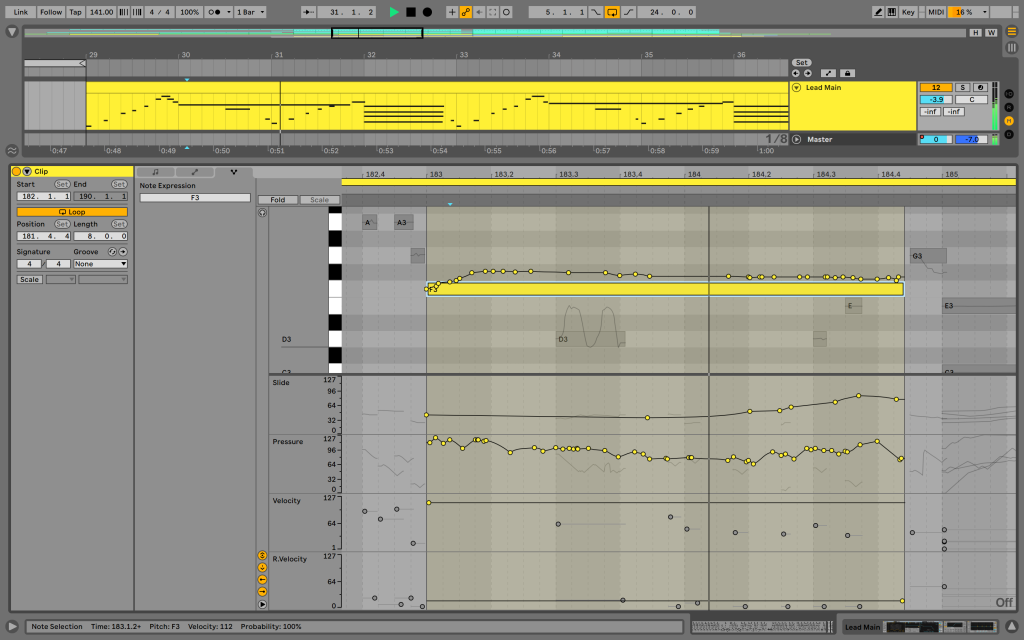
Max for Live
Max for Live has been overhauled for faster performance, and there some very important new features:
- MIDI channel routing (in and out) of M4L devices
- New note API, with MPE support, access to those probabilities, etc.
- Access to warp markers, Simpler sample slices
- live.scope so you have an always-ready oscilloscope you can add to your Live devices
There’s more; we’ll do a deep dive into Max for Live and how to use it, too.
Max 8.1.10
Live 11 ships with Max 8.1.9. On the standalone side, Max developers will get Max 8.1.10 if you have a separate Max license from Cycling ’74.
That includes all the stuff above for Live 11 and Max for Live, plus some additional improvements that Cycling says they’ve been working on during the beta. (I imagine you’ll see those in a point release for Live soon – the beta cycle never stops in the world of software development!)
For Max devs, check this:
https://cycling74.com/forums/max-8-1-10-released
Live 11 – how to get it
Live 11 is a big deal for anyone using expression, playing, and performance. It’s huge for comping or using takes (which turns out to be some people who don’t think they need comping, but I’ll cover that). The Devices are really unique and artistic this time, too – which may be unappealing to some, but also give this update more character.
There is a lot to say, though, about editing and workflow. That’s been the case back to the very first Live upgrade – Ableton tends to do stuff that’s subtle, not radical, but that can mean a lot to music making.
So we’ll be looking at depth in that, as well as how to make use of Max for Live as a way to customize the tool for your own use.
Upgrade pricing is now outside the discount period pre-release, but if you missed that, you’ll still find some deals when you log into your account. Upgrades are so complex, actually, that you do have to log in to find out pricing.
New pricing is easier to cover: Download versions of Ableton Live 11 cost 79 EUR / 99 USD for Live Intro, 349 EUR / 449 USD for Live Standard and 599 EUR / 749 USD for Live Suite.
https://www.ableton.com/en/shop/live/
https://www.ableton.com/en/live/
Got questions? Ask anything here on comments, or hit me on Twitter @peterkirn. (I might do a Twitch some time in the next days if enough people twist my arm, but even for that – useful to have some questions in advance.)
And that can really mean anything, from what one of these devices does to deep questions about the Live Object Model in Max for Live. Fire away.